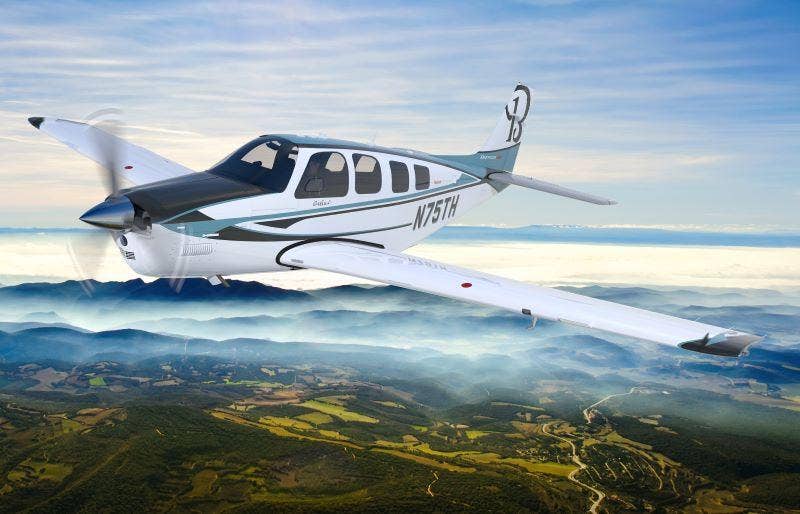Textron Pauses Orders For Bonanzas, Barons
Textron has confirmed it is not currently taking orders for new Beech Bonanzas but it won’t say why it has stopped or when it might resume accepting them. “To ensure…

Textron has confirmed it is not currently taking orders for new Beech Bonanzas but it won't say why it has stopped or when it might resume accepting them. "To ensure the best experience for our customers throughout every stage of their ownership journey, Textron Aviation has temporarily suspended additions to the order book for the Beechcraft Bonanza," the company said in a statement. AVweb asked for more details on the suspension of orders, but a spokeswoman said she could offer no elaboration on the initial statement.
Tom Turner, Executive Director of the American Bonanza Society Air Safety Foundation., said he first heard about the suspension of orders for both Bonanzas and Barons in October but was also unable to get details on the decision. "Looking at GAMA figures (5 each G36 and G58 deliveries in 2023), in my opinion either there are few airplanes on order and in the production pipeline, or for some unknown reason TxtAv is not able to meet the production demand for orders it has received," he said. Aviation Week reported earlier this month that the production was backlogged to 2027.






